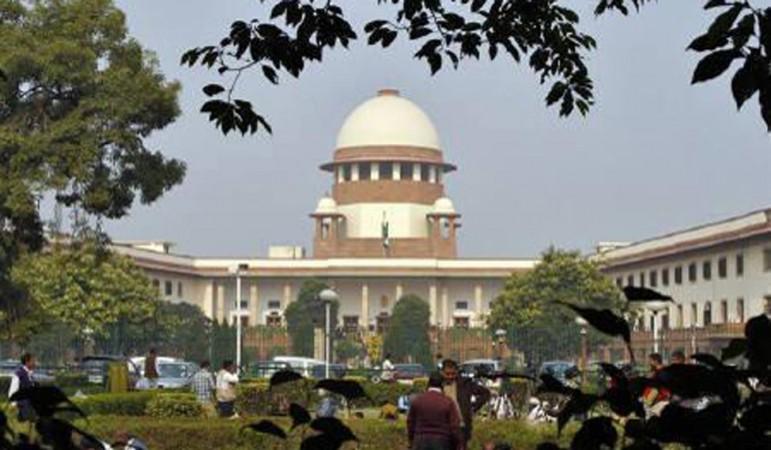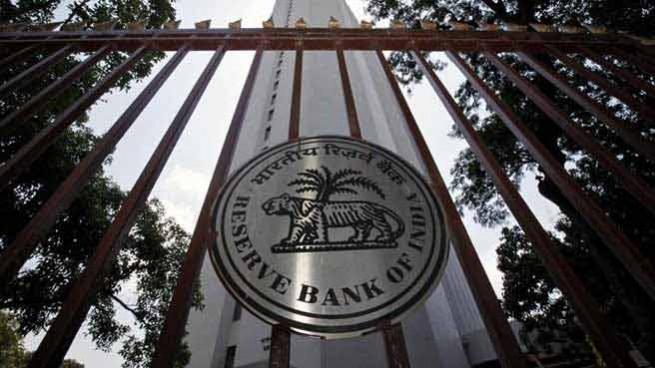
The Supreme Court order annulling Reserve Bank of India's (RBI) February 12 circular on stressed segment loans gives banks wider discretionary powers to treat each loan individually on merit. However, it removes a safety valve that RBI saw as necessary after several high profile overseas flight of economic offence fugitives like Nirav Modi, Mehul Choksi and Vijay Mallya, pushing banks to the brink of collapse.
The circular had mandated banks to take into account all stressed companies with loan exposure above Rs 2,000 crore even if the period of default was for one day. The circular gave banks six months after the one-day default to devise a time-bound restructuring plan and launch of insolvency proceedings under the Insolvency and Bankruptcy Code (IBC). The worst-hit sectors of power, shipping and sugar companies challenged the circular in the Court.
The apex court's action of quashing the RBI circular can drive banks to two extremes in dealing with stressed sectors. Most banks will invariably become overcautious in dealing with stressed sectors. The result of an overcautious approach, in most cases, will be the drying up of funds and eventual stagnation of the sectors. In the absence of a regulator-mandated framework for dealing with stressed sectors, the natural reaction of lenders would be to turn off the fund taps. The change in the situation would hardly affect companies that are already well funded and nor in need of further capital investments. For others, this could be disastrous as banks tend to approach stressed segments with extra caution.

At the other end of the spectrum, some individual banks could err on the side of liberal treatment of some entities resulting in a repeat of scams that have tainted the banking system in recent years. Apart from wilful scamming of the system, there could also be individual officials who tend to err on the side of caution thinking of the fallout on the institution's reputation that adverse press could precipitate.
Banks that predominantly lend to stressed segments could turn to higher provisions for stressed accounts. Higher provisioning for non-performing assets (NPA) could affect the bank's bottom line. The drastic divergence between the NPA data that banks have reported and what RBI has estimated shows the pitfalls of depending solely on banks for reaching a proper assessment.
In the aftermath of the court order, banks may turn more to the 'Project Sashakt' to deal with stressed assets above Rs 500 crore. Some experts suggest banks may have to work more in association with AMCs (asset management companies) and AIFs (alternate investment funds). On the flip side, this could result in a vibrant AMC-AIF model for the other sectors to follow.

















